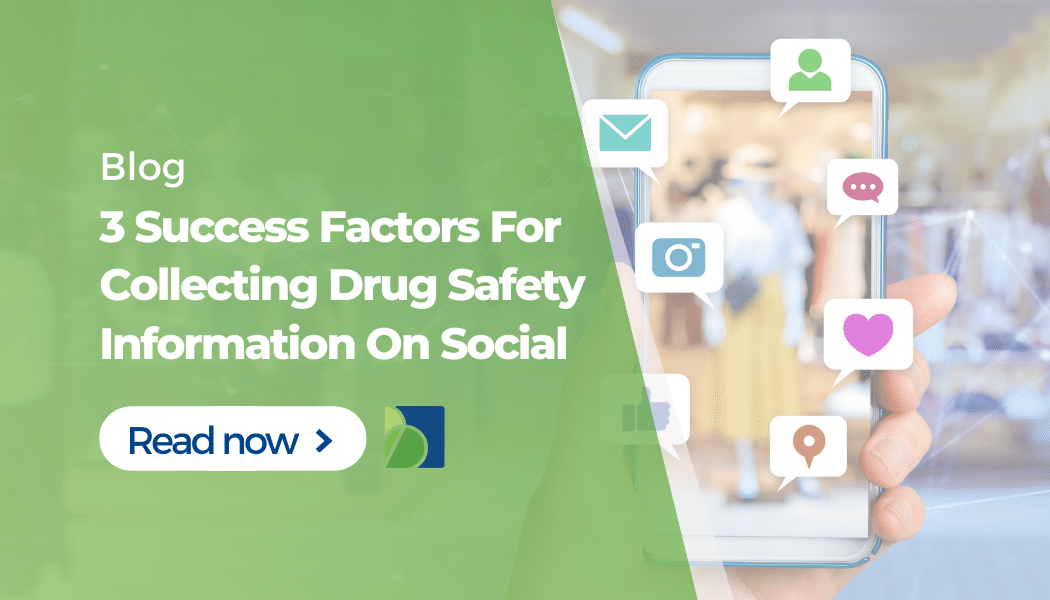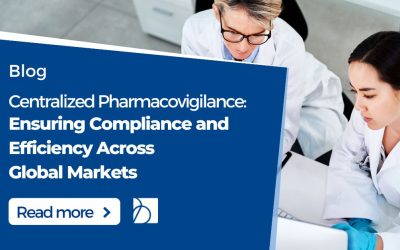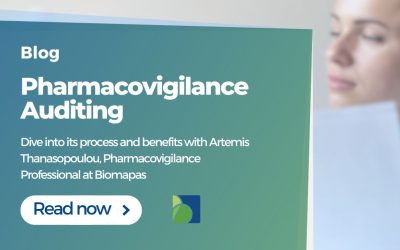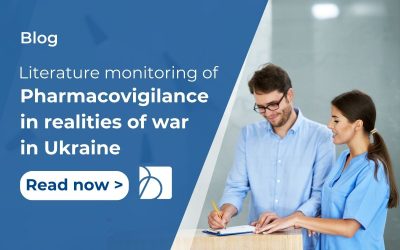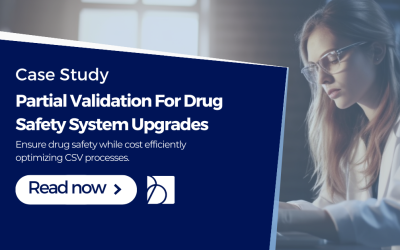Health information that has been posted online by patients can efficiently supplement your post-marketing drug safety data gained from traditional sources.
Data harvesting from Social Networking Sites (SNS) has a lot of potential and significant advantages when compared to traditional sources. A few of the main benefits are the near real-time monitoring of Adverse Drug Reactions (ADRs) and high coverage of a large and diverse population. However, there are limitations as well, e. g., a high volume of data, privacy and security issues, lack of standards and uniformity across different SNS. In this article, we will go through the most important things you need to consider for a successful safety data retrieval from SNS.
1. Compliance with the legislation
The main regulations on digital media screening in the European Union are described in Module VI of Good Pharmacovigilance Practices (GVP). It states that the Marketing Authorization Holder (MAH) must perform the screening of certain SNS: the ones that the company controls, owns or is paying for.
ADRs can be collected:
- From the comments in the posts on SNS
- From the reviews left on SNS
- From the form for ADR reports on your webpage [1].
All ADRs and other relevant safety information shall be assessed as the minimum criteria shall be met for the case to be qualified as an Individual Case Safety Report (ICSR). If a non-ICSR is determined, an attempt to gather missing information shall be made. The identifiability of the reporter can be resolved by the specification of their email address.
In such a case, when the country where ADR took place is unknown, the primary source country can be considered as the place where the safety information was received or where the SNS screening was performed [1].
2. Selection of the right sources
Depending on your product list, you should select the most relevant SNS for the screening. Social networks can be classified mainly in terms of two categories:
Generic SNS. These sites are large in scale. Examples may include Facebook, Instagram, LinkedIn, or YouTube. All these sites might have health-related groups, channels or accounts where users share their experiences in comments, stories or posts. Generic SNS contains most data compared to other SNS, but most of it must be filtered out due to its irrelevance.
Specialized healthcare social networks and forums:
- Generic health-centered SNS. These sites have at least a hundred times fewer users than generic SNS. The forums and topics are usually focused on diseases and general health. Examples may include WebMD and Medline.
- Medicine-focused sharing platforms. Such platforms are focused not only on general health and diseases but more on medication use, its efficacy and side effects. Examples may include com and Drugs-forum.com. These platforms can be the most beneficial for SNS screening for safety information collection [2].
3. Filtering the collected data
One of the great advantages of SNS screening is a high population coverage. However, this is where the enormous amount of data is received. The information is unstructured, uncontrolled and non-validated by medical experts. Furthermore, there is a high chance of duplication due to cross-channel information diffusion.
If the SNS information is not categorized by the drug name or indication as in some specialized healthcare networks, the data can be collected by the implementation of a keyword search. The main limitation for this is the colloquial language: misspellings, use of non-medical terms and slang. Fortunately, there is a high variety of natural language processing tools and techniques based on artificial intelligence [3].
After the collection of data, it must be filtered to exclude everything that is not considered as drug safety information. A filtering/classification technique should be chosen. Lexicon-based filtering technique is one of the most used methods, which can also incorporate language processing tools. After the data has been filtered, it needs a statistical analysis to determine potentially harmful drugs [3].
Considering the rapid growth of social media data, this source of information is likely to have a massive impact on pharmacovigilance research. It has some limitations, but with the right tools and expertise, it can be a vast source of unknown adverse drug reactions.
Have you already started to perform the SNS screening? Share your experience!
Simona Adomavičiūtė, MPharm – Pharmacovigilance Specialist
References:
- European Medicine Agency, Heads of Medicines Agencies. Guideline on Good Pharmacovigilance Practices (GVP): Module VI–Collection, Management and Submission of Reports of Suspected Adverse Reactions to Medicinal Products (Rev 2)
- Pappa, D., Stergioulas, L. K. (2019). Harnessing Social Media Data for Pharmacovigilance: A Review of Current State of The Art, Challenges and Future Directions
- Sarker, A., Ginn, R., Nikfarjam, A., O’Connor, K., Smith, K., Jayaraman, S., Upadhaya, T., Gonzalez, G. (2015). Utilizing Social Media Data for Pharmacovigilance: A Review. Journal of Biomedical Informatics




